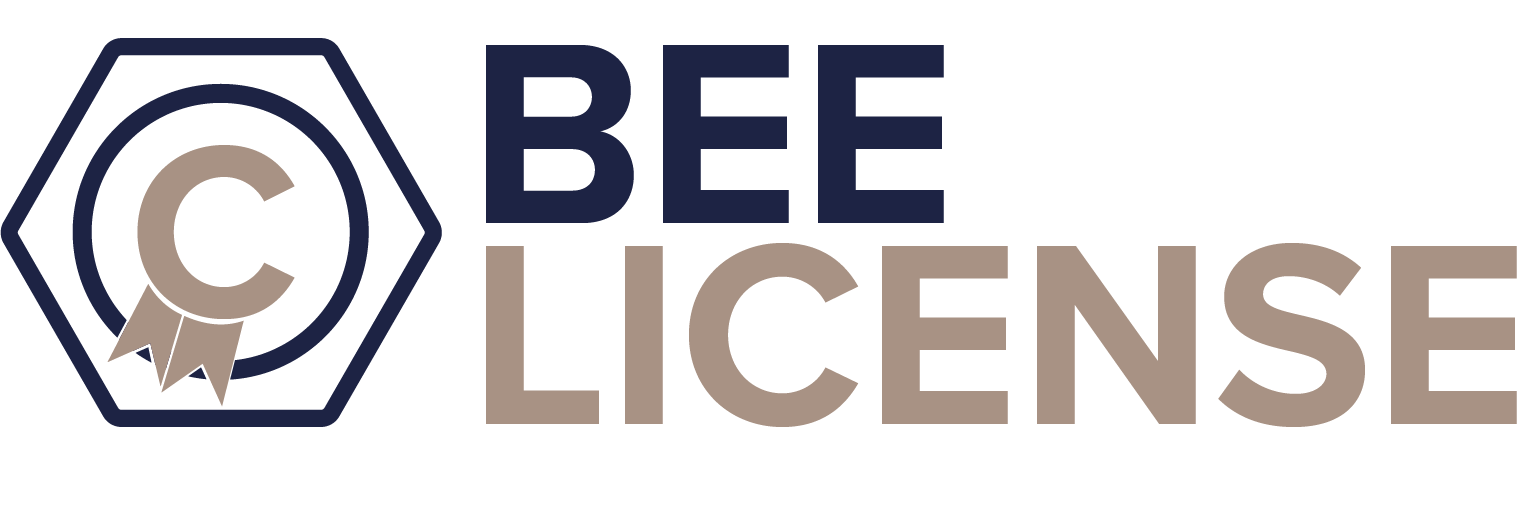ISO-Plane™
ISO-Plane™ is an open collaborative aeronautical project coordinated by Technoplane SAS and developed under the
Lesser Open Bee License 1.3.
Its ambition is to design the first medium-range cargo aircraft capable of carrying a standard ISO 20-foot container autonomously.
Since its relaunch in 2023, the project has been led in cooperation between ESTACA Bordeaux and ENSTA Paris, with contributions from other French engineering schools working on successive TRL 2 → TRL 3 phases.

Visit the ISO-Plane Official Website
What Is the ISO-Plane?
The ISO-Plane is a new generation modular cargo aircraft designed to transport a 20-foot ISO container (up to 8 tons) directly inside its fuselage.
Unlike conventional freighters that require ground cranes or loading docks, ISO-Plane integrates an autonomous hydraulic lifting system enabling the container to be loaded or unloaded from a simple flatbed truck – in less than 15 minutes.
This approach merges air and ground logistics standards, allowing seamless door-to-door freight operations between airports, regional hubs, and disaster-relief zones.
🚀 Main Objectives
- Compact Design: optimized for short and medium-haul missions (≈ 2 000 km) using regional airports.
- Direct ISO-Container Compatibility: no modification or special frame required.
- Autonomous Loading: hydraulic or electromechanical lift system controlled from the cockpit.
- Low Operating Costs: simplified structure, easy maintenance, and modular assembly.
- Sustainable Transport: optimized aerodynamic efficiency and reduced ground-handling footprint.
From Concept to Collaborative Engineering
The ISO-Plane program follows the open methodology of the Lesser Open Bee License 1.3.
This means that all structural models, simulation data, and reports are shared between partner institutions and can be reused under transparent attribution rules.

🎓 Academic Partners
- ESTACA Bordeaux: Structural design, lift system mechanics, and CAD assembly of the cargo fuselage.
- ENSTA Paris: Aerodynamic study, carbon footprint analysis, and collaborative project management under TRL 2–3.
- Technoplane SAS: Industrial coordination, licensing management, and TRL validation audits.
Teams use Onshape, SimScale, Blender GIS, and CesiumJS to create open, reproducible digital twins of the aircraft structure and lifting mechanism.
Engineering Approach
The ISO-Plane features a bottom-loading fuselage that opens through reinforced double doors.
A set of hydraulic jacks and telescopic beams lifts the container vertically into position, where automatic locks secure it to the aircraft’s main frame.
The cockpit system allows the pilot to control the lift and verify locking status through integrated sensors.
💡 Technical Highlights
- Payload: 8 t (standard ISO 20-ft container)
- Range: 1 800 – 2 500 km nominal
- Wing Area: ≈ 104 m² | Cruise Speed: ≈ 685 km/h
- Lift System: Hydraulic pistons / chain-guided lift rails
- Structure: Aluminum + composite hybrid frames
The architecture allows conversion between cargo, humanitarian, and surveillance configurations by replacing mission modules without modifying the core airframe.

Environmental Commitment
One of the ISO-Plane’s defining goals is to minimize its carbon footprint throughout its lifecycle.
A full carbon analysis (ADEME 2025 method) carried out by ENSTA Paris showed that 99.9% of emissions occur during operation (fuel consumption).
Efforts therefore focus on aerodynamic optimization and potential integration of hybrid-electric propulsion in future TRL 4–5 stages.
According to simulations, the ISO-Plane emits approximately 20 tons of CO₂ per 2 000 km mission – comparable to existing light freighters like the C-130 but with a higher payload-to-mass ratio and shorter turnaround time.
Research and TRL Progression
- TRL 1 (2012 – 2018): Concept definition and feasibility by early university teams.
- TRL 2 (2023 – 2025): Structural validation, lift system modeling, aerodynamic and environmental analysis.
- TRL 3 (2025 – 2026): Prototype / scale model construction and system testing with industrial mentoring.
Each stage is documented in open reports available on the Collaborative Bee Wiki and verified by the coordinator through internal audits.
The Collaborative Bee Ecosystem
The ISO-Plane belongs to the same family as the Bee-Plane™ and Mini-Bee™ projects.
Together, they form the Collaborative Bee Ecosystem – a network of open engineering initiatives sharing resources, data, and ethical standards for sustainable aviation.
- Bee-Plane™: Medium-range passenger aircraft with detachable fuselage.
- Mini-Bee™: Two-seat hybrid VTOL for rescue and urban operations.
- GPS 4D: Open-source navigation and airspace optimization system used across Bee projects.
All members of the ecosystem follow the same publication rule:
“Task achieved under the Lesser Open Bee License 1.3 – © Coordinator Technoplane SAS.”
Looking Ahead
By 2026, the consortium aims to complete TRL 3 validation with a physical demonstrator of the lifting mechanism and scaled aerodynamic tests.
The long-term vision is a certifiable ISO-compatible cargo aircraft capable of linking regional logistics networks with minimal infrastructure requirements.
The ISO-Plane symbolizes the open and responsible future of aerospace – where collaboration, transparency, and sustainable design replace competition and secrecy.

Open-source project realized under the Lesser Open Bee License 1.3 – © Coordinator Technoplane SAS.
